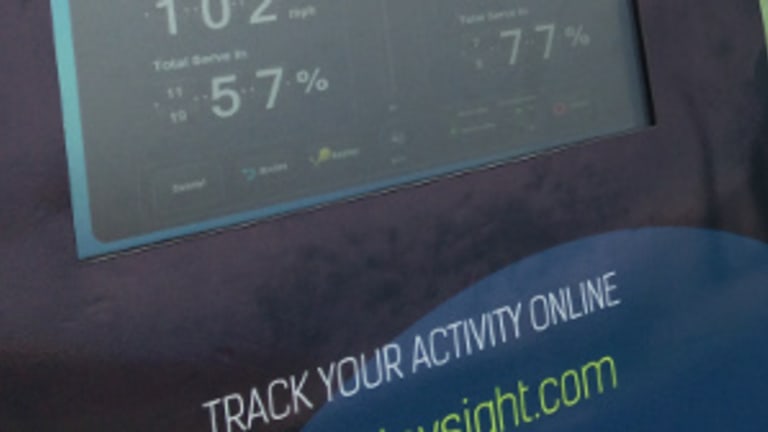A few weeks ago, I played on a Smart Court at CourtSense in Bogota, N.J. to test out PlaySight, a technology that tracks the shots you hit, the distance you cover, your time spent playing, and almost any tennis statistic you could dream of. With a few taps on the courtside kiosk screen, information instantly came together from the system’s cameras. Having my game analyzed in seconds was awe-inspiring. And it gave me pause for thought: How is technology changing the game?
Since 2006, the Hawk-Eye replay challenge system has been a huge leap forward in the tech arms race, using incredibly precise technology to solve disputes and save time. More recently, tennis manufacturers have been incorporating sensors into gear to track on-court stats, be it on your wrist or in your racquet, such as Babolat’s PLAY Pure Drive. These wearable sensors are like tennis-specific Fitbits. At the Bank of the West Classic this week, the WTA is allowing coaches to carry SAP software designed iPads on court to have live data from the match on hand. Coaches will be allowed to use the iPads at six other tournaments this season.
PlaySight may be the biggest innovation of them all, with statistics, video replay, and line calls all in one. It could very well change the way children learn the sport and impact how players of all levels—from juniors to the pros—improve and compete. There’s still value in old-school teaching methods; learning to combat with cheaters and being responsible for your own drills are lessons valuable to tennis and life. But new innovations allow players to have access to valuable information, quickly, and with no extra effort. It’s a perfect fit in today’s desire for instant gratification.
